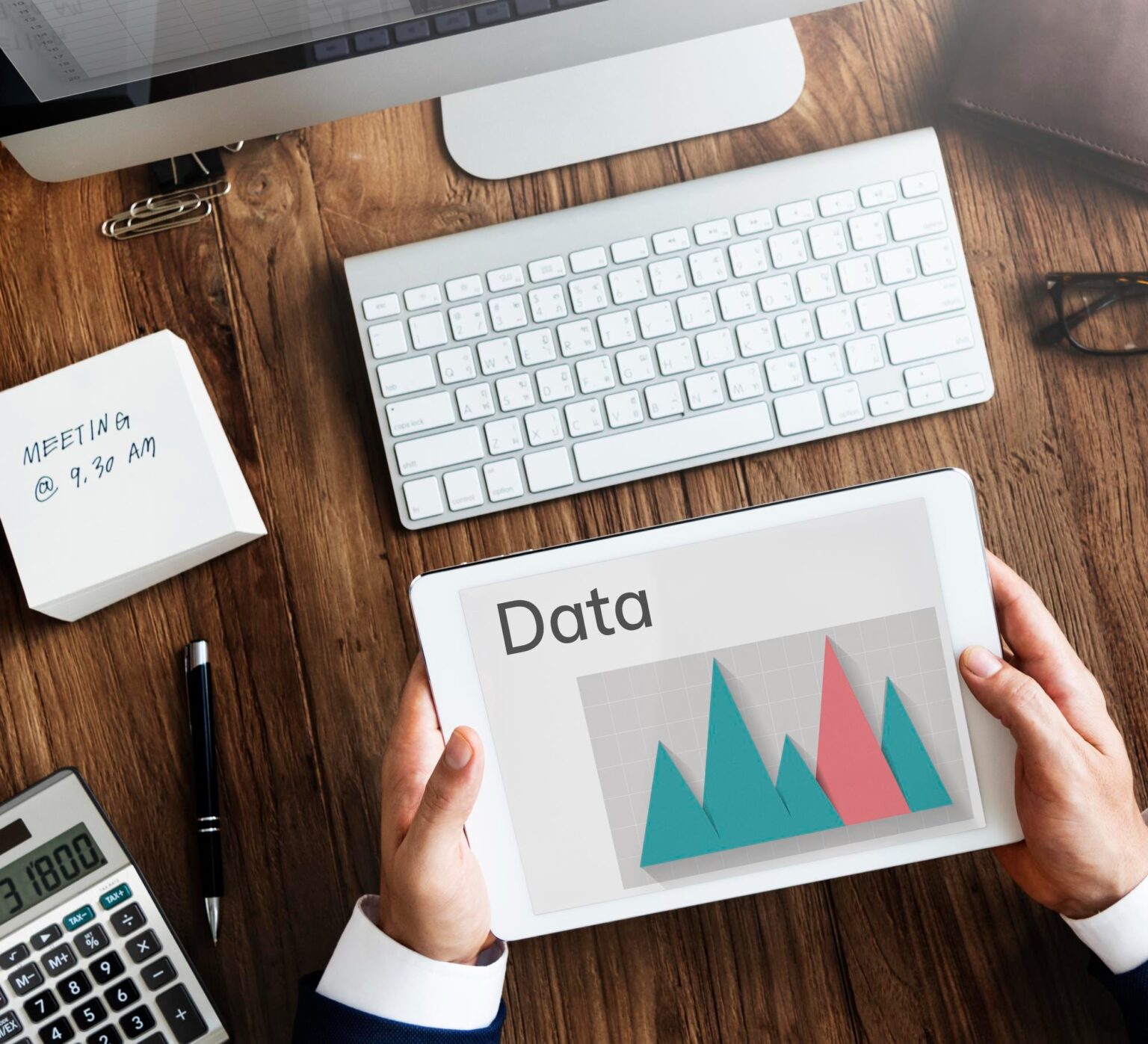Big Data visualization refers to the process of creating visual representations of large and complex datasets to help people understand the data and derive insights from it. However, visualizing Big Data can be challenging due to the volume, velocity, and variety of the data. Here are some of the best practices for tackling the complexity of visualizing large and complex datasets:
Data Reduction: To make Big Data more manageable for visualization, data reduction techniques such as sampling, aggregation, and filtering can be used. These techniques reduce the volume of data to be visualized while still retaining the essential information.
Interactivity: Interactive visualization tools allow users to explore data and customize visualizations based on their needs. Users can zoom in and out of visualizations, filter data, and interact with data points to gain deeper insights.
Data Storytelling: Data storytelling involves using visualizations to tell a compelling story about the data. By using a narrative approach, data storytellers can help users understand the data and derive insights from it.
Design Principles: Design principles such as simplicity, clarity, and consistency can help create effective visualizations that are easy to understand. Using appropriate color schemes, labels, and annotations can also enhance the readability of visualizations.
Technology: Visualization technologies such as D3.js, Tableau, and Power BI provide powerful tools for creating visualizations from Big Data. These tools offer a range of features such as data connectors, interactive dashboards, and custom visualization options.
Domain Expertise: Visualization experts with domain knowledge can help create effective visualizations that are tailored to the needs of specific industries or applications. These experts can identify key data points, design appropriate visualizations, and communicate insights effectively.
In summary, visualizing Big Data can be challenging, but by using data reduction techniques, interactivity, data storytelling, design principles, technology, and domain expertise, organizations can create effective visualizations that help users understand the data and derive insights from it.



